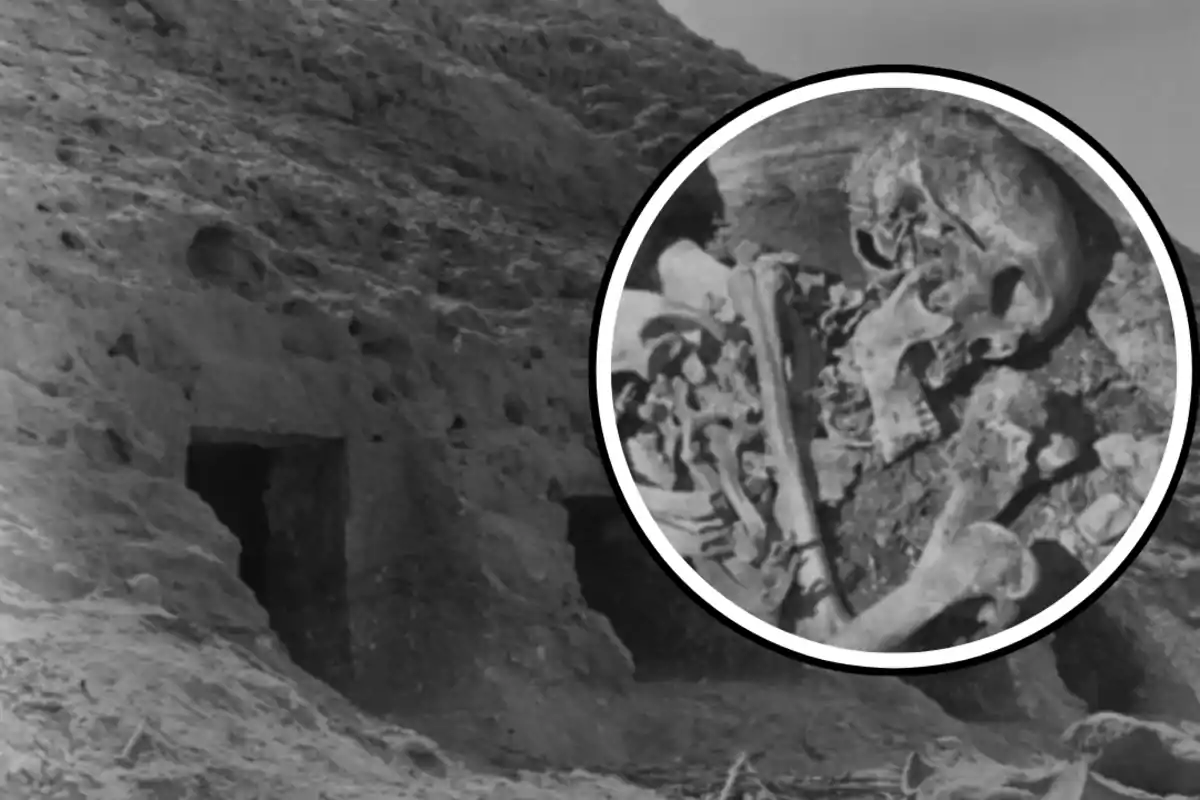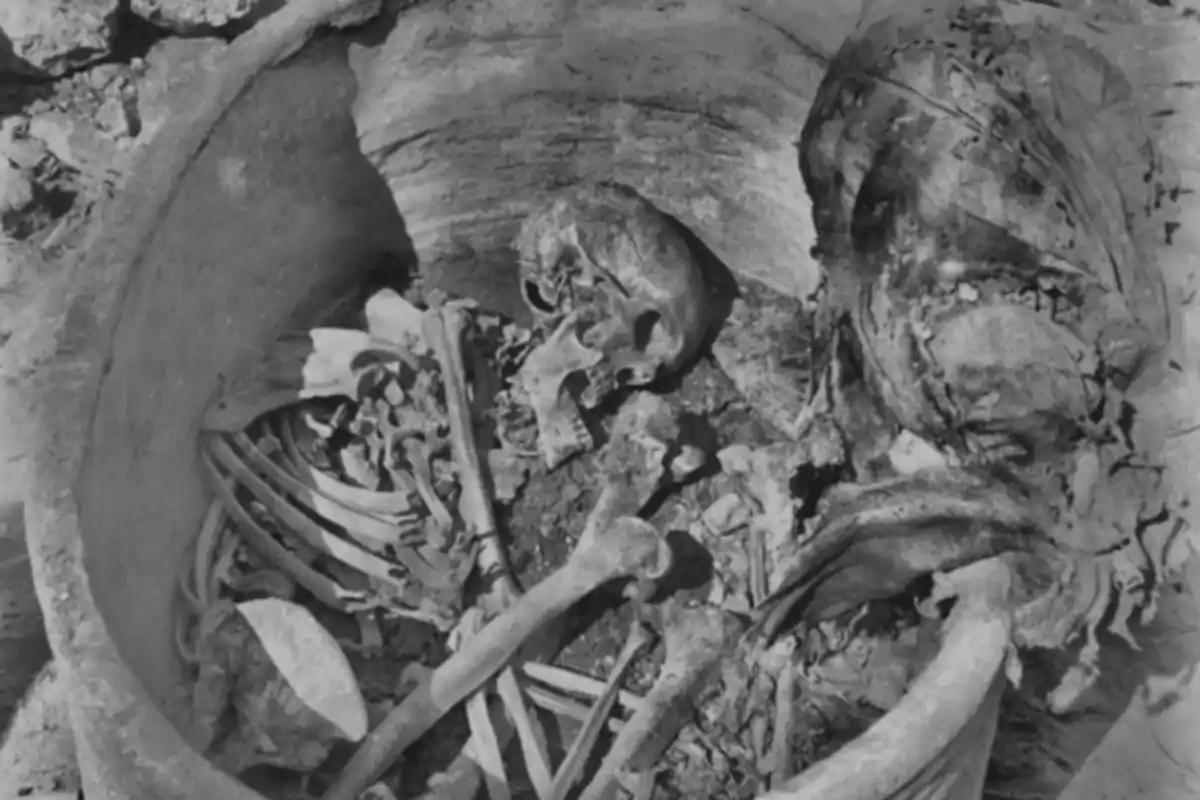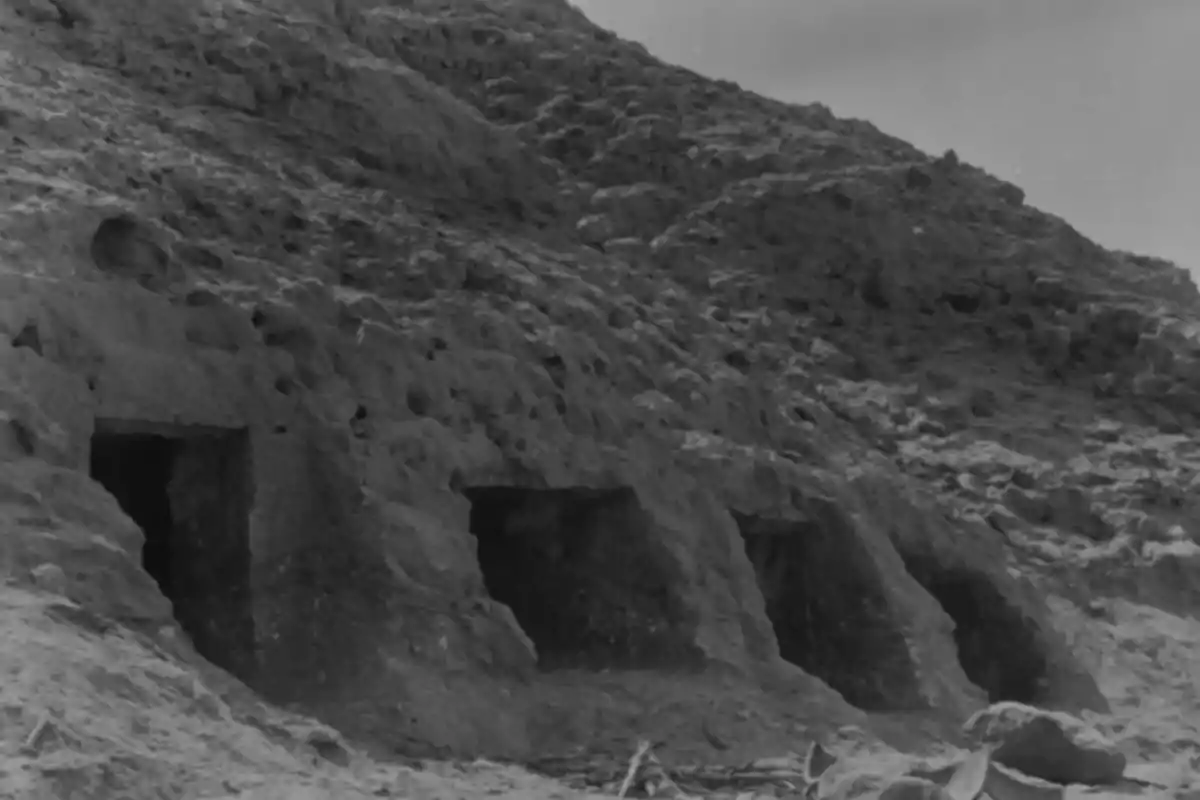
A complete genome from Ancient Egypt has been sequenced for the first time.
An unprecedented discovery reveals the surprising genetic mixture of a man from 4,800 years ago
An international team of scientists managed to fully sequence the genome of an individual from Ancient Egypt, marking a historic milestone in ancient DNA studies. The man, buried between 4,500 and 4,800 years ago in a sealed clay vessel in Nuwayrat, south of Cairo, lived during the transition between the Early Dynastic Period and the Old Kingdom, when the first pyramids began to be erected.
The publication in the journal Nature details that this is the oldest ancient Egyptian genome ever fully analyzed. The results showed that 80% of his genetic material came from North African populations, while 20% was linked to human groups from West Asia and ancient Mesopotamia.
Genetic links with Mesopotamia
Until now, the connections between Egypt and the Fertile Crescent were only archaeological. This finding is the first concrete genetic evidence pointing to a mixture of lineages. The researchers compared the individual's genome with more than 3,000 modern people and 805 ancient inhabitants from different regions.

The analysis revealed a childhood spent in the Nile Valley, with a diet based on wheat, barley, animal proteins, and local plants. However, his DNA showed a significant influence from Mesopotamia, suggesting that early human migrations into Egypt were more intense than previously thought.
The preservation of the DNA was possible thanks to the particularity of the burial: the man was not mummified—a practice not yet existent in that period—, which avoided the use of chemicals that usually damage genetic material. The dry and stable climate of the site, together with the ceramic container and the rock tomb, also favored preservation.
A life of hard work and an unusual tomb
The skeleton showed clear signs of prolonged physical effort: arthritis, osteoporosis, inflammation in the pelvis, and a hunched posture. Everything indicated that his body had endured decades of intense labor. Dental anthropologist Joel Irish proposed that he probably worked as a potter, based on the shape of his bones and repetitive postures.

Curiously, despite his apparent manual role, he was buried with an unusual level of care for his class. This led the researchers to speculate that he may have been an exceptional craftsman or that, in some way, he managed to climb the social ladder.
Cutting-edge technology for millennia-old DNA
The team used the "shotgun sequencing" technique, which allows the study of all extracted DNA without focusing on specific markers. This represented a key advance compared to previous attempts, which only managed to sequence partial fragments of Egyptian individuals from more recent times (between 787 BCE and 23 CE).
Svante Pääbo, Nobel laureate in Medicine 2022, had tried decades ago to obtain DNA from Egyptian mummies, without success due to the poor preservation of genetic material. Now, with these new tools, scientists are confident that they will be able to expand the study to more well-preserved ancient remains, especially those buried in similar vessels.
The beginning of an Egyptian genetic history
This first complete genome opens a new era in research on the origins and human migrations in Africa and the Middle East. Iosif Lazaridis, geneticist at Harvard University, emphasized that the finding validates the hypothesis of an Egypt formed by North Africans with contributions from West Asia since its beginnings.
Although it is only one piece in the genetic puzzle of humanity, it represents a crucial foundation for future research. As researcher Linus Girdland-Flink stated: "Each ancient genome recovered is a key to understanding who we were, how we got here, and how we are connected."
More posts: